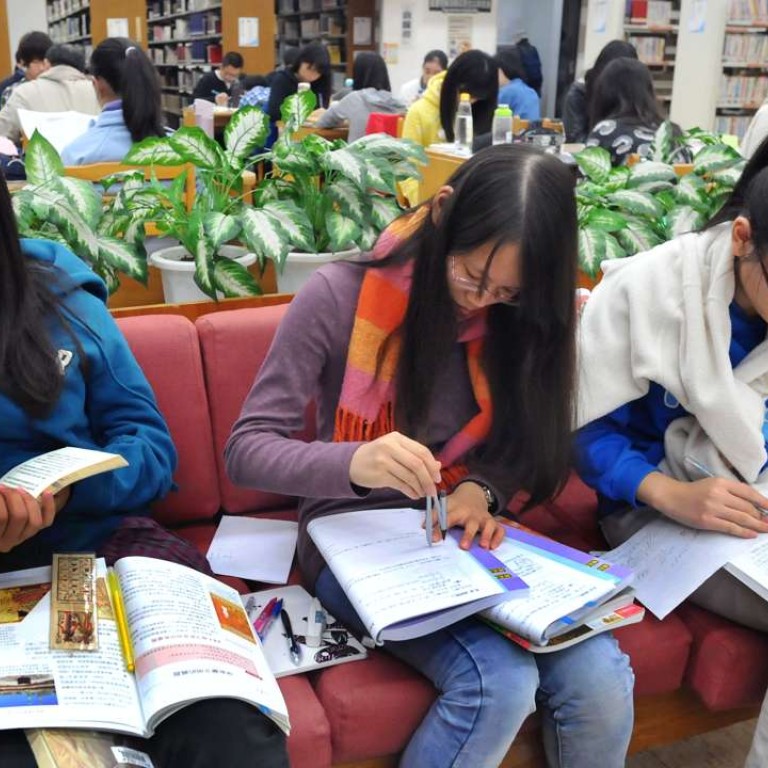
New | Taiwan reaches out to Southeast Asian students to help cut economic reliance on Beijing
Island hopes to attract 60,000 students from Asean countries by 2019 as part of its New Southbound Policy to diversify the economy
Taiwan plans to recruit 60,000 students from Southeast Asia in the next three years, as part of the New Southbound Policy adopted by the government to help cut the island’s economic reliance on the mainland.
However, opposition critics have questioned the plans, which call for working with countries that have language and cultural barriers with Taiwan, and that have close links to Beijing, which has warned other countries against forging official ties with Taipei.
Taiwan had active economic exchanges with the mainland when the Kuomintang’s Ma Ying-jeou was president between 2008 and this year. But his successor, Tsai Ing-wen of the independence-leaning Democratic Progressive Party, said the island had relied too heavily on the mainland, and introduced the new policy to diversify the economy.
Officials said the government aimed to find a new driving force for growth now that relations between the island and the mainland had turned cold.
“We hope by launching these projects, we will be able to enhance bilateral communication and to share resources with Association of Southeast Asian Nations,” said Yang Min-ling, director general of international and cross-strait education at the Education Ministry.
The southbound policy, which also calls for bilateral investment, high-level mutual visits and resource sharing, covers 16 countries in Southeast Asia and South Asia, as well as New Zealand and Australia.
“The ministry has earmarked NT$1 billion (HK$240 million) to fund the projects, which we believe will not only help seek talent for Taiwan but also resolve language and cultural barriers between Taiwan and those countries,” Yang said.
In addition to offering scholarships and other incentives to recruit some 60,000 students from Asean nations by 2019, the ministry would try to help them find jobs in Taiwan to better their skills, Yang said. When the students returned home, they could serve as a bridge between their countries and Taiwan, she added.
She said the ministry would also help more than 12,000 children of second-generation immigrants return to their parents’ countries for short-term studies, training or employment, to establish links with those countries.
Opposition KMT lawmakers, however, said the plans would take at least a decade to bear fruit, while Taiwan continued to suffer economically without cooperation with the mainland.
Meanwhile, the number of mainland students pursuing a degree in Taiwan had dropped 6 per cent year on year to 9,000 since Tsai took office in May, compared with more than 20,000 during Ma’s time as president, officials said.
They said that by 2019, Southeast Asian students might greatly outnumber those from across the strait, if Beijing continued to tighten restrictions on mainland students studying in Taiwan.

